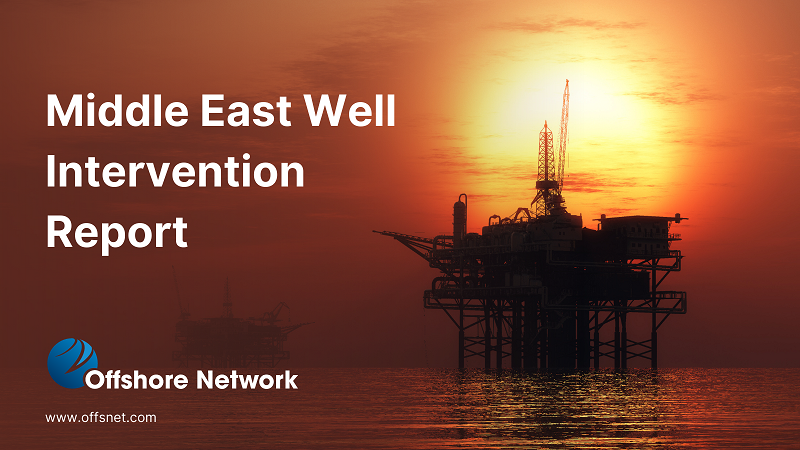
Despite geopolitical developments such as the fresh Covid-19 wave in China and the outbreak of war in eastern Europe, there are positive indications that an assured oil and gas demand coupled with a stable oil price are setting the stage for a prosperous future for the Middle East’s well intervention industry.
From the explosion of Covid-19 in early 2020 to the Autumn of 2022, global uncertainty unsettled the stability of the oil and gas industry and led to wide fluctuations for the oil price. Within this period, the price ranged from as low as US$21.44 (WTI) to as high as US$122.11 per barrel (WTI) before settling at around the US$80 mark at the end of 2022. As the industry heads deeper into the new year, many commentators are bullish that, partly due to cuts to production by OPEC+, the oil price will stabilise and could even surpass the US$100 mark once again – Morgan Stanley, for instance, has forecasted the Brent oil price to hit as high as US$110. More conservatively, the EIA has suggested the Brent crude oil spot price will average at US$92, which is still a healthy number for those working within the industry.
The EIA has also indicated that while oil demand will remain lacklustre in Q1 2023, it will begin to regain meaningful momentum in Q2 2023 and is likely to go beyond 2019 levels in the process. From a longer-term perspective, OPEC’s 2022 World Outlook 2045 has identified fossil fuel’s continued prominent role within the energy industry for the next two decades and forecasts oil retaining a 29% share in the global energy mix by 2045 with gas holding 24%.
These trends spell happy reading for the oil and gas companies operating within the Middle East and North African region who will have to continue working to increase oil production over the years to meet blossoming demand. However, the environmental concerns have not passed them by and most operators within the region are also incorporating stringent climate objectives to help mitigate their emission output.
So how will these organisations balance the tightrope of greater production and less climate impact? Well, while a number of initiatives are being pursued to help reduce emissions to justify further drilling, one answer lies in well intervention which offers production rate enhancement without the need for further wells to come online. Indeed, with the oil price looking so healthy, there is expectations that the region’s intervention market will rapidly grow over the short- to medium-term as operators have the cash to explore the option. There are more than 10,000 offshore wells throughout the region (on top of the onshore well count that is much higher), according to Rystad, and these have an average well life of 16-21 years, above the global average of 10-15 years. Well intervention, which offers the opportunity to revamp the production rates of ageing, flagging wells, is therefore emerging as an attractive solution to tick all boxes.
Read the full, free-to-read report, including an exploration of the factors shaping business objectives from those operating within the well intervention market.




